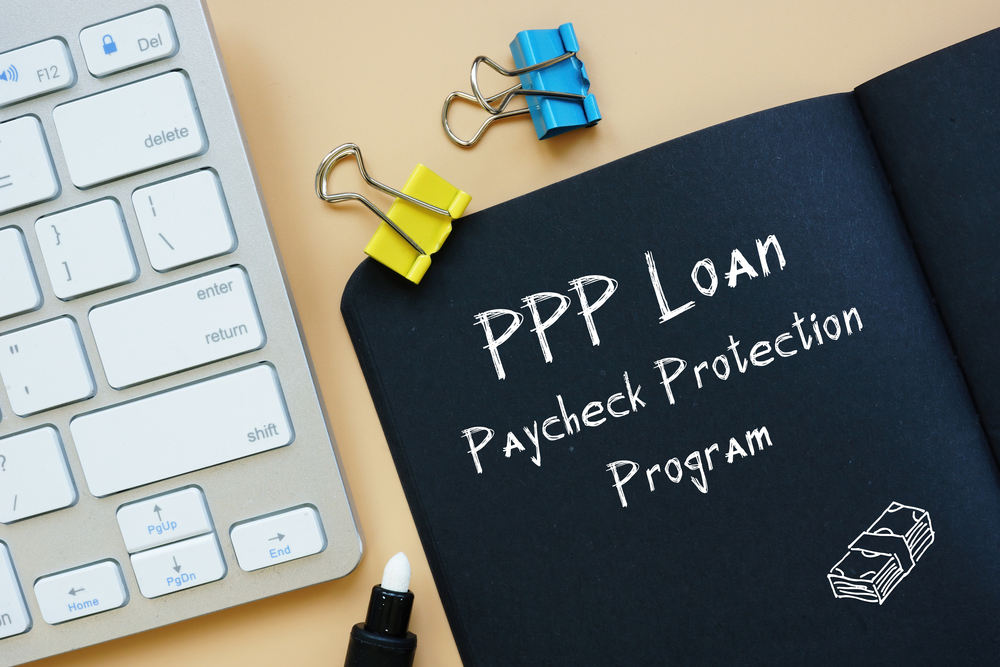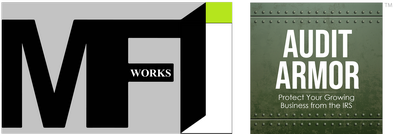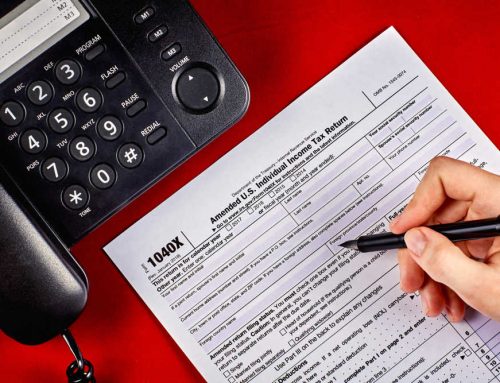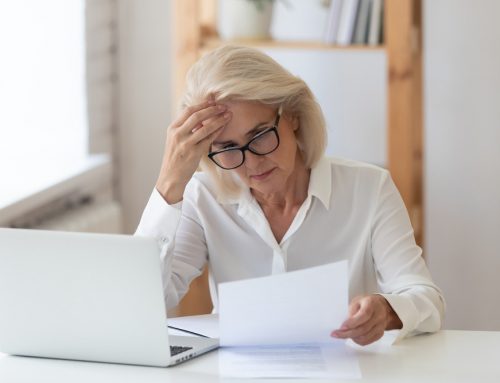
With COVID-19 still at large, self-employed businesses still have it rough. Fortunately, legislators haven’t forgotten about them. In fact, Congress has taken unprecedented steps towards helping the self-employed who are facing financial problems. This blog will go over the big government help for the self-employed that is taking place to help you see if you’re eligible for these benefits.
Big Government Help for the Self-Employed
Self-employed businesses have been facing difficulty during these last couple of months. Luckily, they may be eligible for big cash benefits! For those that report their business income as “self-employed” on Schedule C of Form 1040, there are four great benefits that could be coming their way, including free money!
Before COVID-19, when times were bad self-employed individuals had to face the pitfall alone, without any government help. However, with the pandemic, things are now different.
Below we’ll cover 5 benefits that are available for self-employed individuals:
- Up to $41k in Paycheck Protection Program (PPP) tax-free money with first and second-draw forgivable loans
- Up to $500k of Economic Injury Disaster Loans (EIDLs) [at 3.75% interest]
- Up to $10k in tax-free targeted EIDL advances
- Qualifications for unemployment benefits
Who is Considered Self-Employed?
Before we continue with the benefits, who is considered “self-employed?” People report their business income as self-employed on Schedule C of their Form 1040 if they:
- Receive 1099 income
- Operate their business as a single-member LLC and did not elect corporate status
- Operate a retail establishment/professional practice as a sole proprietor
- Report their W-2 income on a Schedule C because they’re a statutory employee
1. PPP Monies
PPP monies became available with the passage of the CARES Act that took place on March 27, 2020. In the beginning, people thought that the PPP monies were not available to the self-employed when it actually was! People also mistakenly thought they had to be paid back because PPP monies came with the word “loan” attached to them. However, the PPP was not a loan because they were forgivable. Regular loans have to get paid back, but the PPP loan did not. For self-employed individuals, PPP loan forgiveness is straightforward and practically automatic.
Example:
Sebastian receives a $20k PPP loan. He puts $20k in his business checking account, and it sits there for two weeks. He then writes a $20k business check to his personal savings account. Sebastian qualifies for $20k of loan forgiveness.
PPP loans became so big that Congress expanded the program to allow two separate loans. First-draw PPP loans followed by second-draw PPP loans for those that already received one.
For those self-employed individuals with no employees, both the first-draw and second-draw monies are capped at $20,833, allowing for a maximum of $41,666.

2. EIDLs
Billions of additional funds have been added to the Small Business Administration (SBA) Economic Injury Disaster Loan (EIDL) program by Congress. Dissimilar to PPP loans, EIDLs are not a temporary program; they have actually been around for decades!
EIDLs are 30-year loans for up to $500k with an interest rate of 3.75%. The payments can be deferred for up to four years. Collateral does not have to be provided for loans of $25k or less.
Unlike PPP loans, EIDLs have to be paid back.
3. New Targeted EIDL Advances
Individuals could qualify for the new EIDL Advance of up to $10k if:
- Their business is located in a low-income community
- They suffered a 30% reduction in revenue during an 8-week period (beginning March 2, 2020, or later)
Unlike EIDLs, Targeted EIDL Advances do not need to be paid back. They are practically tax-free government grants. However, these advances will first be available only to businesses that:
- Received a previous EIDL Advance for less than $10k, or
- Applied for an advance before Dec. 27, 2020 but did not receive one due to the funding being exhausted at that time
If you’re in either category, the SBA will send you an email invite. If monies are left after the invites, the SBA may accept new applications. Applying for the Targeted EIDL Advances can be done online on the SBA website.
4. Unemployment Benefits for the Self-Employed
If things get really tough, you can obtain unemployment benefits. Originally, Schedule C taxpayers such as 1099 folks and proprietors cannot collect unemployment if they are out of work. This is due to the self-employed not paying unemployment taxes. However, the Pandemic Unemployment Assistance Program that got passed in March of 2020, made the self-employed temporarily eligible for unemployment for the very first time. These benefits were scheduled to expire on March 14, 2021, but have been extended through September 6 of 2021. Independent contractors can collect up to 79 weeks of benefits. Individuals must be earning no income (or almost no income) to qualify for this.
With a year of hardship and struggle for the self-employed, there are great opportunities for relief. This big government help for the self-employed is excellent news for many! We hope this blog helped you see the benefits there are at the moment for the self-employed. At MFI Works, we know these topics can be complicated, so don’t hesitate to contact us if you have any questions. To schedule a free initial business strategy session, click here.


